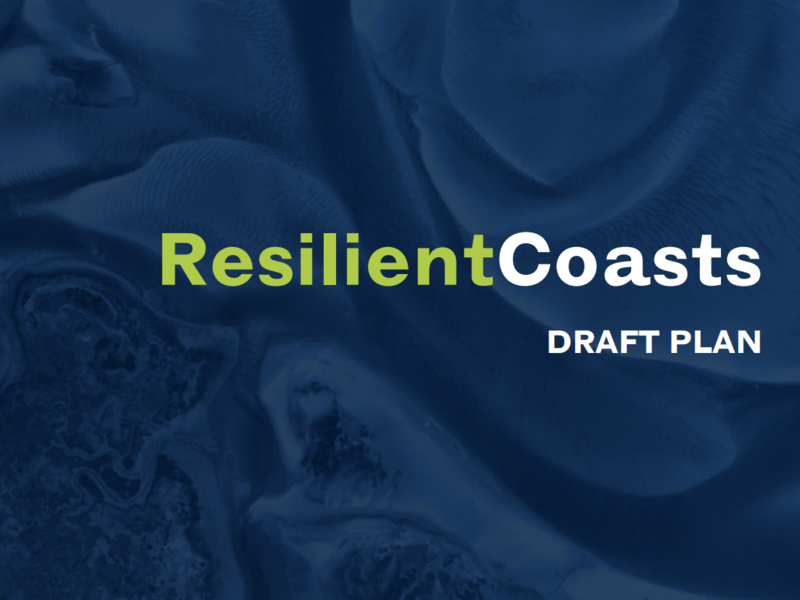Many homes in MA are at risk of natural hazards, and the exposure is getting worse. The ResilientMass Plan identifies key risks for the state that are projected to increase in intensity and frequency due to climate change: rising temperatures, increases in precipitation resulting in flooding even outside the 100-year floodplain, coastal flooding, and severe weather events. These include coastal erosion, coastal flooding and sea level rise, extreme storms, riverine and urban flooding, increasing heat waves, and wildfire.
Risks are not limited to coastal flooding, though coastal risks are significant with about 43% of the Commonwealth’s population residing in coastal communities, with populations that continue to grow. Current annual coastal building damage averages $185M and is projected to double by 2030. Riverine and inland flooding is an increasing problem in places previously thought to be safe. A May 2010 storm caused widespread basement flooding and triggered a federal disaster declaration; 90% of claims in MA were outside a mapped flood zone. The 2022 MA Climate Assessment identified ‘Damage to Inland Buildings’ from heavy rainfall and overwhelmed drainage system as one of the most urgent infrastructure-related climate impacts, with inland residential property damage projected to increase by 44% by 2050.
New analytical tools show that existing maps underestimate flood risk. A 2020 First Street Foundation report found that 193,000 properties in Massachusetts face a substantial risk of flooding, a number far greater than those at risk according to existing FEMA flood maps. Thousands more may be at risk of inundation as the global climate warms in the coming decades. The MA Coastal Flood Risk Model (MC-FRM) is a dynamic model in use by state and local agencies to understand what areas might be subject to future flooding under various climate and storm conditions.
Climate change may also affect the infrastructure serving our homes, even if the home is untouched. Damage to utility distribution infrastructure, roads, rails, and dams from extreme precipitation, flooding, and temperature increases will all continue to impact communities
Heat exposure is a growing issue especially as summertime temperatures are forecasted to rise, with longer and more intense heat waves and more days projected to be over 90 degrees (from 4 historically to 25 by 2050 and 55 by late century), leading to health risks for vulnerable populations while damaging infrastructure for roads, rails, and utility systems.
The ResilientMass Plan identifies over 140 agency actions underway to build resilience across MA. To date, EOHLC’s ResilientMass actions have been focused on increasing the resiliency of state-aided public housing. Commonwealth efforts will continue to expand to incorporate actions for privately owned affordable housing and community planning and development initiatives as the Commonwealth continues to build expertise and adaptive capacity in this area. For instance, ResilientCoasts, an action in the ResilientMass plan, is currently developing a comprehensive, state-wide strategy for coastal resilience, including delineating new coastal resilience districts and best practices for new and existing development in areas vulnerable to sea level rise, coastal flooding, and erosion. Within ResilientCoasts there will be considerations for existing and future housing.
